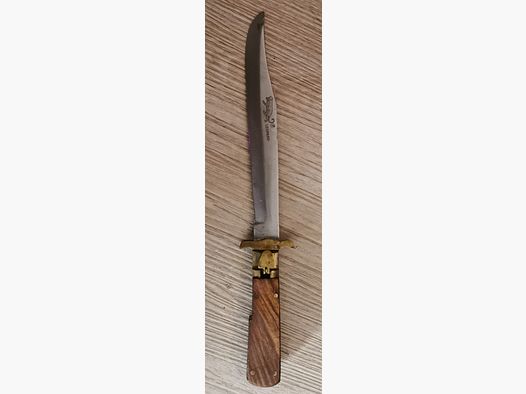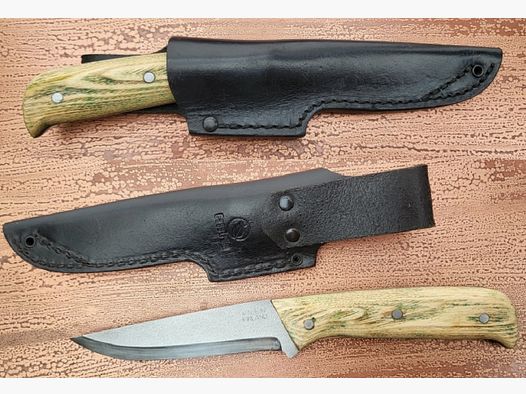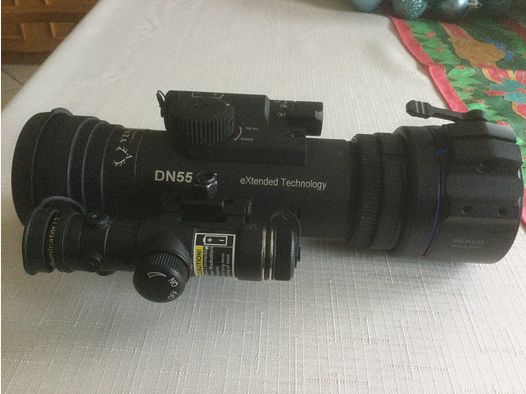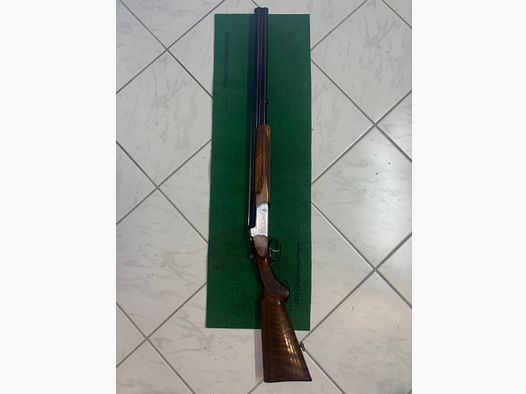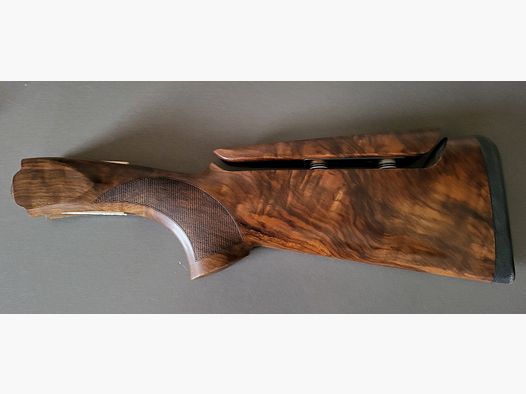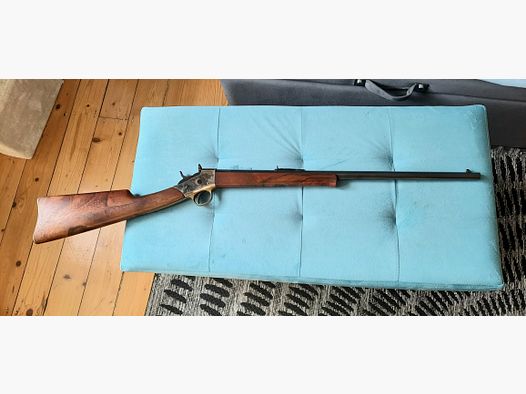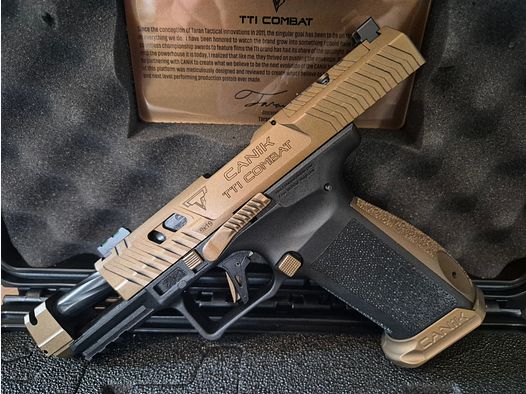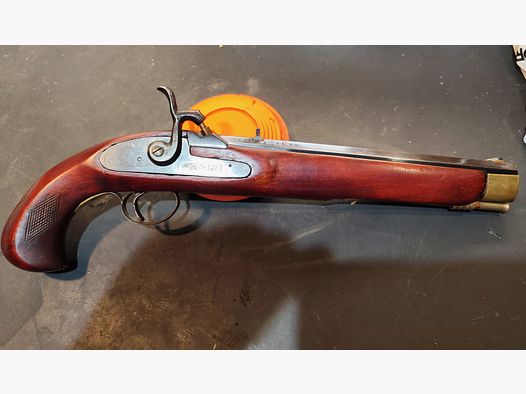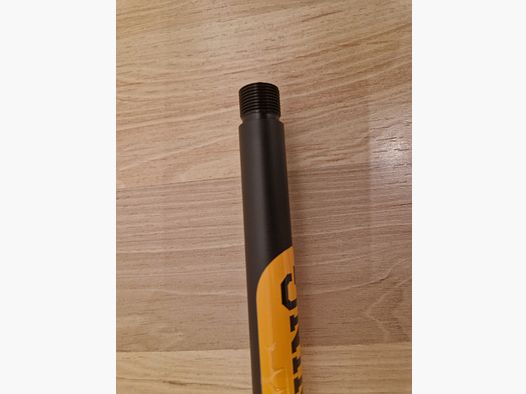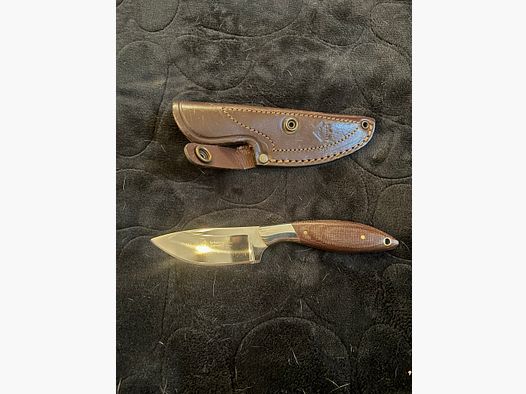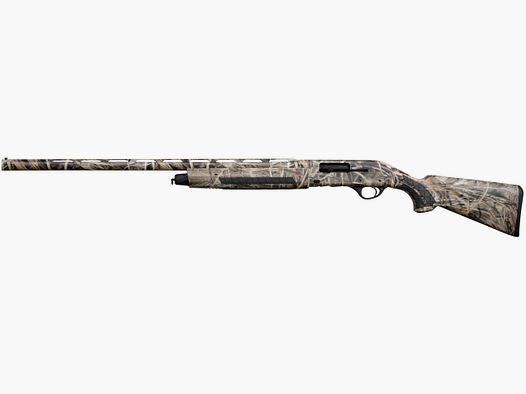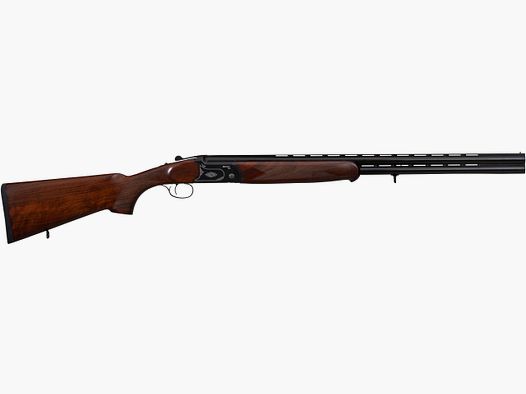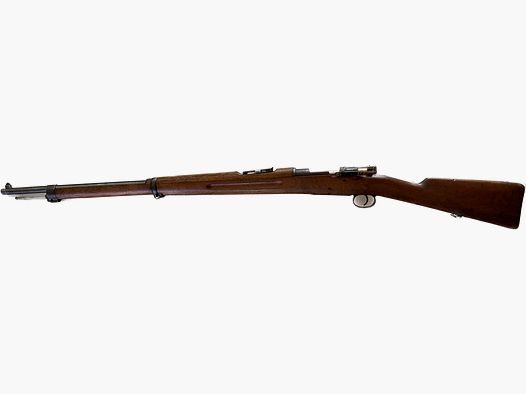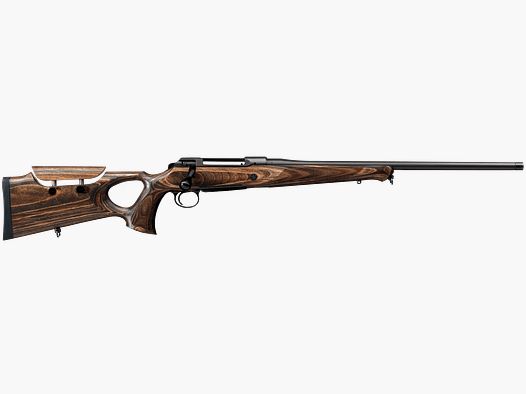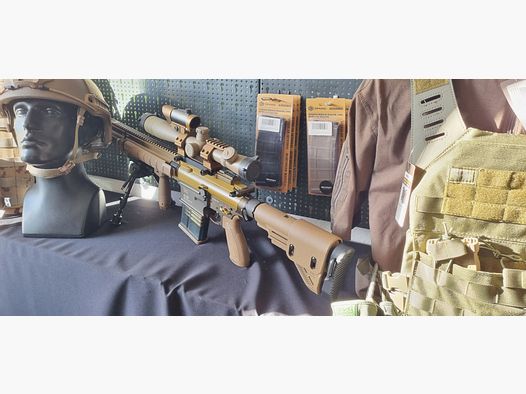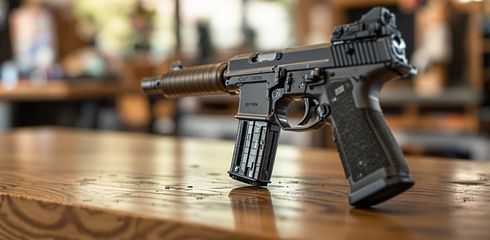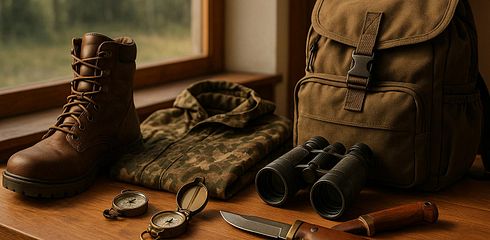Do you want to avoid expensive repairs? Then you should know the warranty conditions of your hunting equipment in detail. Here are the most important points to consider:
- Types of Warranties: There are three main types – Manufacturer Warranties, Dealer Warranties, and Statutory Warranty.
- Important Deadlines: Register your product in time (e.g., 10 days with Blaser) and keep all documents ready.
- Scope of Warranty: Damage due to improper use, modifications, or unauthorized repairs is often excluded.
- Used Equipment: Check if the warranty is transferable and if all documents are available.
Quick Comparison of Warranty Types
| Type of Warranty | Duration | Special Features |
|---|---|---|
| Manufacturer Warranty | Varies (e.g., 10 years) | Voluntary, often comprehensive, but with exclusions |
| Dealer Warranty | Varies | Supplementary to the manufacturer warranty, individually regulated |
| Statutory Warranty | 2 years (from purchase date) | Covers only defects that were present at the time of purchase |
Tip: Secure all documents digitally and check before purchase what exactly is covered. This way, you are well prepared in case of damage.
Common Types of Warranties
A solid understanding of the different types of warranties can help you be well prepared in case of damage. For hunting equipment, there are essentially three types of warranties that provide protection for you as a buyer: Manufacturer Warranties, Dealer Warranties, and the Statutory Warranty. Below, you will learn more about the specifics of each of these options.
Manufacturer Warranties
Manufacturer warranties are voluntary services offered by manufacturers. They generally cover material and workmanship defects. However, the exact conditions can vary significantly: Some warranties offer comprehensive protection, while others exclude certain components or types of damage. It is worth checking the warranty conditions carefully to know what is covered.
Dealer Warranties
Dealer warranties are an addition to the manufacturer warranty and are offered directly by the dealer. These warranties often have their own individual conditions and may include additional protection that goes beyond the manufacturer warranty. It is advisable to compare the exact terms to obtain the best protection.
Statutory Warranty in Germany
The statutory warranty, also known as "liability for defects," is a legally mandated protection that applies to new goods for two years from the date of purchase. In the first six months after purchase, the burden of proof lies with the dealer, who must prove that the defect did not exist at the time of purchase. After this period, the burden of proof shifts, and you must demonstrate that the defect did not arise from improper use. The statutory warranty applies regardless of voluntary warranties and only covers defects that were already present at the time of purchase.
Reading Warranty Documents
What is Covered
Read the warranty documents for your hunting equipment carefully to understand exactly what is covered. Typically, warranties cover material defects and workmanship defects. However, also pay attention to the exclusions, as many warranties do not cover damage caused by the following:
- Normal wear and tear
- Improper use or maintenance
- Repairs by unauthorized providers
- Changes or modifications to the product
For optical devices like scopes, pay special attention to whether the warranty also covers damage to the coating or issues with waterproofing. Such details give you a clear picture of the actual scope of protection.
Requirements for Warranty Protection
For warranty protection to apply, you often need to meet certain conditions, such as:
- Product Registration: Many manufacturers require you to register the product within 30 days of purchase.
- Maintenance: Regular inspections and maintenance must often be performed by authorized workshops.
- Documentation: Keep a maintenance log or retain proof of inspections.
- Original Parts: Use only approved spare parts and accessories.
Warranty Transfer Rules
If you plan to resell your equipment, you should know the rules regarding warranty transfer:
- Manufacturer Warranties are often only valid for the first owner.
- A documentation of the change of ownership is usually required.
- The remaining warranty period is retained upon sale.
- Transfer forms may be required, which must be approved by the manufacturer.
Also, be aware that different warranty conditions may apply for commercial use. Some manufacturers offer shortened warranty periods or limited services for commercial use. Clarify these points in advance to avoid trouble or misunderstandings when reselling.
Check Warranty
It is worthwhile to actively keep an eye on warranty information to avoid later inconveniences.
Check Dates and Deadlines
Keep track of your warranty deadlines by creating a clear list – digitally or on paper. This should include the following information:
| Manufacturer | Registration Deadline | Warranty Duration | Special Requirements |
|---|---|---|---|
| Blaser | 10 days | 10 years | Online registration required [3] |
| Merkel | 14 days | 5 years | Warranty card must be submitted |
| DDoptics | None | 30 years (optics/mechanics) / 2 years (electronic components) | No special requirements |
Additionally, check if any changes have been made to the product that could affect the warranty claim, and keep all important documents secure.
Check Modifications
Ensure that repairs and installations are carried out exclusively by authorized dealers. The following points can jeopardize the warranty claim:
- Improper installation
- Repairs by unauthorized service providers
- Use of third-party accessories (excluded by Blaser [3])
- Technical adjustments (only allowed with original Merkel accessories)
Keep Required Documents
Secure all relevant documents both digitally and in paper form. This includes:
- Original invoice
- Warranty card (filled out and stamped)
- Registration confirmation
- Proof of authorized maintenance and inspections
"The warranty applies exclusively to the metal and plastic parts of the weapon, as well as original Merkel accessories and attachments."
– Merkel Warranty Conditions
Practical Tip: Create a digital folder for your warranty documents and set reminders for important deadlines. Conveniently, with DDoptics, the age of the product can be determined via the serial number – even without proof of purchase.
With these measures, you are well prepared to act quickly and easily in the event of a warranty claim.
Making Warranty Claims
Follow this process to efficiently handle a warranty case.
Required Documents
For a smooth processing of warranty claims, you should have these documents ready:
| Document | Details | Notes |
|---|---|---|
| Proof of Purchase | Original or certified copy | With date and serial number |
| Warranty Card | Fully completed | Dealer stamp required |
| Firearm Ownership Card | If applicable (for firearms) | A copy is sufficient |
| Damage Documentation | Photos or videos | From multiple perspectives |
| Maintenance History | Service log or receipts | In chronological order |
With these documents, you are well prepared to contact the service center.
Contact the Service Center
Contact the relevant service center or manufacturer directly and follow these steps:
- Document the Damage: Note the serial number, purchase date, and take photos of the damage.
-
Contact: Use the following methods to reach the service department:
- Online forms on the manufacturer's website
- Special service hotlines
- Email support
Make sure to note the case number assigned to you for further inquiries.
If you cannot find the contact details of the manufacturer or dealer, you can use the platform Gunfinder (https://gunfinder.de).
Shipping Rules
If the service center requests the return of the goods, please observe these shipping guidelines:
- Firearms: Ship only via authorized freight forwarders or gun dealers.
- Optics: Pack in the original packaging or a shockproof alternative.
- Accessories: Pack accessories separately and label them accordingly.
Additional notes for shipping:
- Always ship the goods insured and document the condition with photos.
- Include all required documents.
- Pack the goods shockproof and weatherproof.
- Clearly mark the package as a warranty case.
A detailed inventory of the shipped parts facilitates tracking in case of damage.
sbb-itb-1cfd233
Warranties for Used Equipment
Check Warranty Status
When purchasing used equipment, it is crucial to carefully check the warranty status. Here are the key points to consider:
| Check Point | Required Documents | To Note |
|---|---|---|
| Serial Number | Original invoice, warranty card | Serial number must match that of the device |
| Warranty Period | Proof of purchase with date | Determine the remaining warranty period |
| Maintenance History | Service log, maintenance receipts | Prove regular maintenance |
Check Condition and Previous Use
A thorough inspection of the equipment is essential to avoid future problems. Pay attention to the following:
- Visible damage such as cracks, dents, or corrosion.
- Test all moving parts for proper function.
- Check if unauthorized changes have been made that could jeopardize the warranty.
It is advisable to document the condition of the equipment with photos. These can serve as proof in case of any warranty claims.
Important Transfer Documents
For a smooth warranty transfer, you will need the following documents:
-
Original Warranty Documents
- Fully completed and signed by the previous owner.
- Original proof of purchase or a certified copy.
- Maintenance records that document previous use.
-
Transfer Form
- Details of the previous owner.
- Your contact information.
- Serial number of the device.
- Date of transfer.
-
Additional Documentation
- Description of the equipment's condition.
- Photos for documentation.
- Confirmation of a functionality check.
If you purchase the equipment through Gunfinder, you can handle the warranty transfer directly through the platform. This simplifies the process and ensures secure documentation.
With these measures, you ensure that the warranty is smoothly transferred even for used equipment.
Summary
Here are the key points for checking the warranty at a glance:
| Warranty Aspect | Important Actions | Required Documents |
|---|---|---|
| Types of Warranties | Distinguish between manufacturer, dealer, and statutory warranty | Warranty certificate, proof of purchase |
| Documentation | Complete and careful storage | Maintenance records, invoices, warranty card |
| Used Equipment | Check warranty status and transferability | Transfer forms, proof from the previous owner |
Tips for a Smooth Warranty Process
- Check warranty conditions before purchase: Understand what is covered and what limitations apply.
- Adhere to maintenance intervals: Perform necessary maintenance and keep the records.
- Avoid modifications: Changes to the product can void the warranty.
- Check warranty transfer: Ensure that the warranty transfers to you for used devices.
How to Keep Track of Your Warranty Documents
- Create digital copies: Scan all important documents for quick access.
- Store originals securely: Keep them in a safe place.
- Note maintenance dates: Stick to the recommended intervals.
- Record service contacts: Save contact details for inquiries or repairs.
In case of a warranty claim, quick action and thorough documentation significantly increase your chances of success.
FAQs
What is the difference between a manufacturer warranty and a dealer warranty for hunting equipment?
Difference Between Manufacturer Warranty and Dealer Warranty
The manufacturer warranty and the dealer warranty differ in terms of responsibility and conditions. Here is an overview:
- Manufacturer Warranty: This warranty comes directly from the manufacturer. It often offers additional services that go beyond the legally required warranty. A major advantage: It generally applies regardless of where the product was purchased.
- Dealer Warranty: This is offered by the dealer and is usually tied to the purchase from that specific dealer. The conditions can vary and are often individually set. Sometimes it offers additional benefits specifically tailored to the dealer's customers.
It is always advisable to check the warranty conditions in detail. This way, you can ensure what services are covered and how long the warranty is valid. If you have any questions, both the dealer and the manufacturer will be happy to assist you.
How can I ensure that the warranty for my used hunting equipment is transferred to me?
Transfer of Warranty for Used Hunting Equipment
If you want to ensure that the warranty for your used hunting equipment can be transferred to you, it is important to carefully check the warranty conditions. Often, a transfer is possible, but certain requirements may apply. These may include proof of purchase or registration of the equipment with the manufacturer.
To avoid misunderstandings, you should contact the manufacturer or seller directly. They can explain to you exactly what steps are necessary for the warranty to be properly transferred to you. This way, you remain well protected and avoid unpleasant surprises in the future.
How can I successfully assert my claims for hunting equipment in the event of a warranty claim?
To proceed successfully in a warranty case, you should first read the warranty conditions of the manufacturer or seller carefully. It is important to pay attention to the duration of the warranty, the covered damages, and the necessary steps to make a claim.
Important Steps
- Keep proof of purchase: The proof of purchase is usually required to make a warranty claim. Without it, your claim could be denied.
- Check warranty conditions: Read carefully what damages or defects are covered and whether there are any specific exceptions or limitations.
- Contact: Get in touch with the manufacturer or dealer in writing. Describe the defect as accurately as possible and include photos or other evidence if necessary.
If you are looking for new hunting equipment, it is worth taking a look at Gunfinder. Here you will find a wide selection of products for hunters and shooters, including firearms, optics, and accessories – all conveniently in one place!



